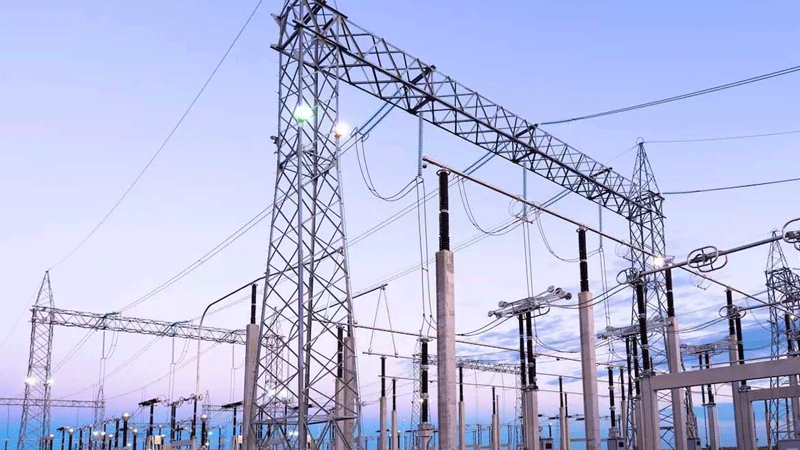Power generation dropped by 8% YoY to 93,582 GWh (14,231 MW) in the first nine months of the 2022–23 fiscal year as compared to 101,699 GWh the year before.


When compared to the Rs8.01 KWh recorded in February, the country’s total cost of electricity generation saw a slight increase of 2.6%, coming in at Rs8.22 KWh in March 2023.
However, the cost of electricity generation decreased by almost 11% year over year (YoY). According to a note from Arif Habib Limited (AHL) on Wednesday, “On a YoY basis, the decrease in fuel cost is witnessed primarily due to a rise in nuclear, hydel, and solar-based generation along with a 30% YoY decline in coal-based cost of generation.”
On a monthly basis, the decrease in hydel-based generation is what caused the increase in fuel prices, the statement continued.
In the meantime, the nation’s overall power generation increased noticeably by 12.7% on a monthly basis to 8,741 GWh (11,749 MW) in March 2023 from 7,756 GWh in February. It decreased 16.1% annually, from 10,418 GWh in March 2022.
February saw a 4% decrease in electricity production as the economic slowdown persisted. Power generation dropped by 8% YoY to 93,582 GWh (14,231 MW) in the first nine months of the 2022–23 fiscal year as compared to 101,699 GWh the year before.
In addition, the price of producing electricity increased by 15.2% during the first nine months of the current fiscal year, from Rs7.94 in 9MFY22 to Rs9.14 in 9MFY23.
According to data on generation mix, the decline in annual electricity production was driven primarily by coal, which accounted for 1,334 GWh, and residual fuel oil (RFO), which decreased by 48.4% and 96.3%, respectively. Nuclear and hydroelectric power generation totaled 2,002 GWh each, representing annual increases of 17.5% and 28%, respectively.
With a combined 46% share of the generation mix in March, nuclear and hydropower surpassed all other sources as the main producers of electricity.
Additionally, annual electricity production from renewable sources like solar increased by 61.1% to 111 GWh, while production from other renewable sources like wind decreased by 17.4% to 221 GWh.